Aloe plants are renowned for their beauty, resilience, and numerous health benefits. These succulent plants make excellent additions to any indoor space, adding a touch of greenery while purifying the air. With their low maintenance requirements and striking appearances, aloe plants have gained popularity among indoor gardeners worldwide. In this article, we will explore various types of aloe plants that thrive indoors, highlighting their unique characteristics and care needs.
Table of Contents
Aloe vera (Aloe barbadensis)
Undoubtedly the most well-known and widely cultivated aloe plant, Aloe vera is treasured for its medicinal properties and succulent foliage. Its thick, fleshy leaves contain a gel-like substance known for its soothing and healing properties, making it a popular ingredient in skincare and medicinal products. Aloe vera thrives in bright, indirect light and requires well-draining soil. It is a relatively low-maintenance plant that can adapt to a range of indoor conditions.
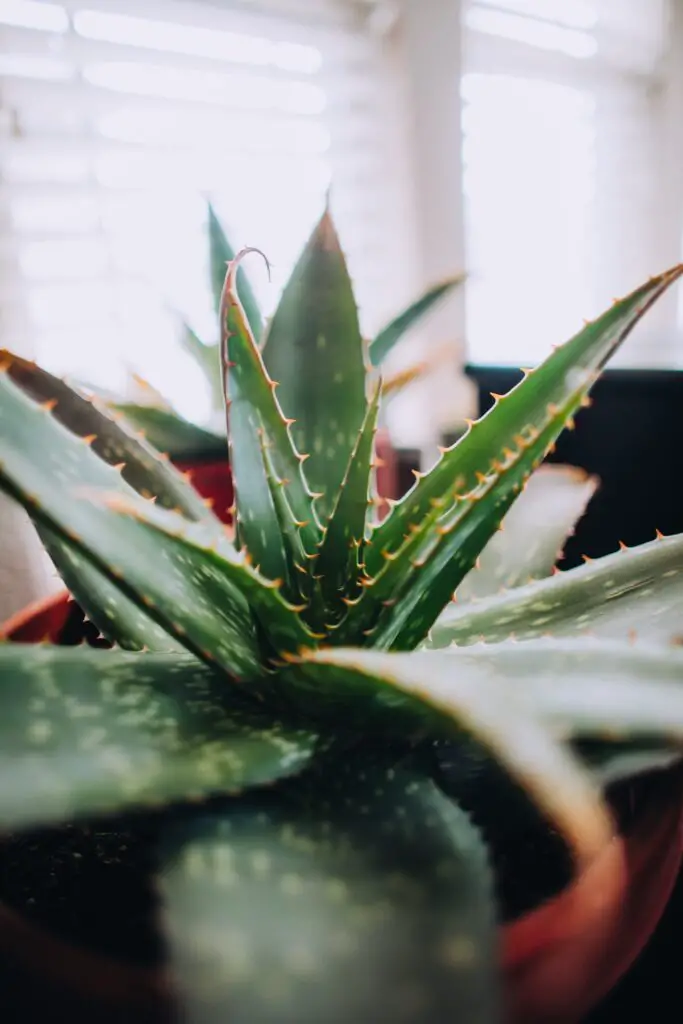
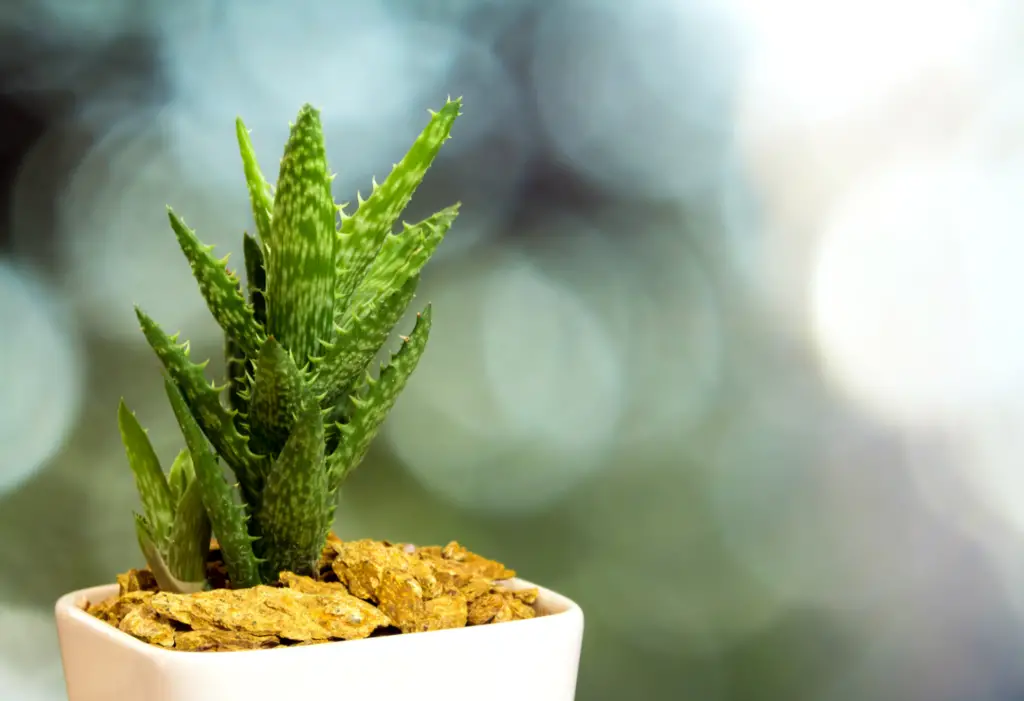
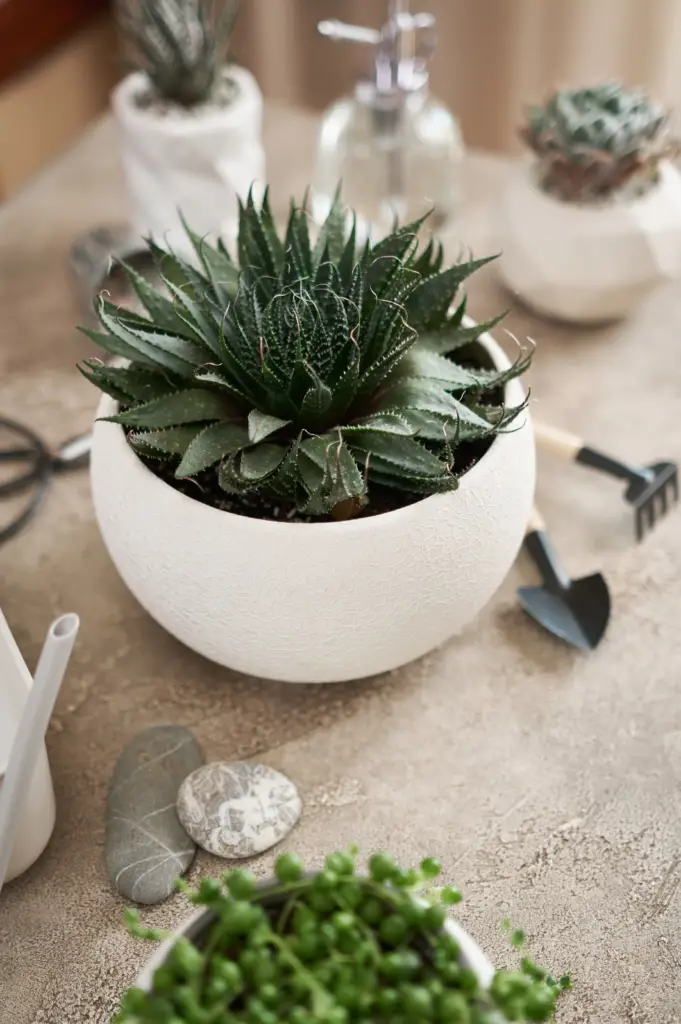
Tiger Tooth Aloe (Aloe juvenna)
Named for its tooth-like leaf margins, the Tiger Tooth Aloe is a visually striking species. It features triangular, succulent leaves adorned with white or light-coloured spots that resemble teeth. This compact aloe plant is ideal for smaller indoor spaces, as it grows up to 8 inches (20 centimetres) tall. It prefers bright light and well-draining soil, and occasional watering is sufficient to keep it healthy and vibrant.
Lace Aloe (Aloe aristata)
The Lace Aloe, also known as Torch Plant, is a captivating aloe species with unique, fringed leaves. Its foliage is adorned with white, spiky markings that create an intricate lace-like pattern, hence the name. This drought-tolerant plant thrives in bright light conditions and requires well-draining soil. Lace Aloe is known for producing vibrant coral-orange flowers that add an extra touch of beauty to any indoor garden.
Coral Aloe (Aloe striata)
As the name suggests, Coral Aloe showcases stunning coral-coloured leaves that change hues with exposure to sunlight. This slow-growing aloe plant has smooth, sword-shaped leaves and forms attractive rosettes. It prefers bright light and well-draining soil, with occasional watering. Coral Aloe’s eye-catching appearance makes it a fantastic choice for adding colour and elegance to indoor spaces.
Cape Aloe (Aloe ferox)
Cape Aloe is a larger species of aloe plant, reaching heights of up to 10 feet (over 3 metres) in its natural habitat. However, it can be grown indoors as a potted plant, provided it has sufficient space. Its robust and spiky leaves form an impressive rosette. Cape Aloe is revered for its medicinal properties, similar to Aloe vera. It requires bright light, and its soil should be well-draining. Adequate space and occasional repotting are essential to accommodate its growth.
Soap Aloe (Aloe maculata)
The Soap Aloe is a versatile and attractive aloe plant that can be grown indoors or outdoors. It features spiky, lance-shaped leaves with white spots, which give it a distinctive appearance. This drought-tolerant plant thrives in bright light and well-draining soil. Soap Aloe produces vibrant orange flowers, adding a burst of colour to any indoor garden. It is relatively low-maintenance and adapts well to different environments.
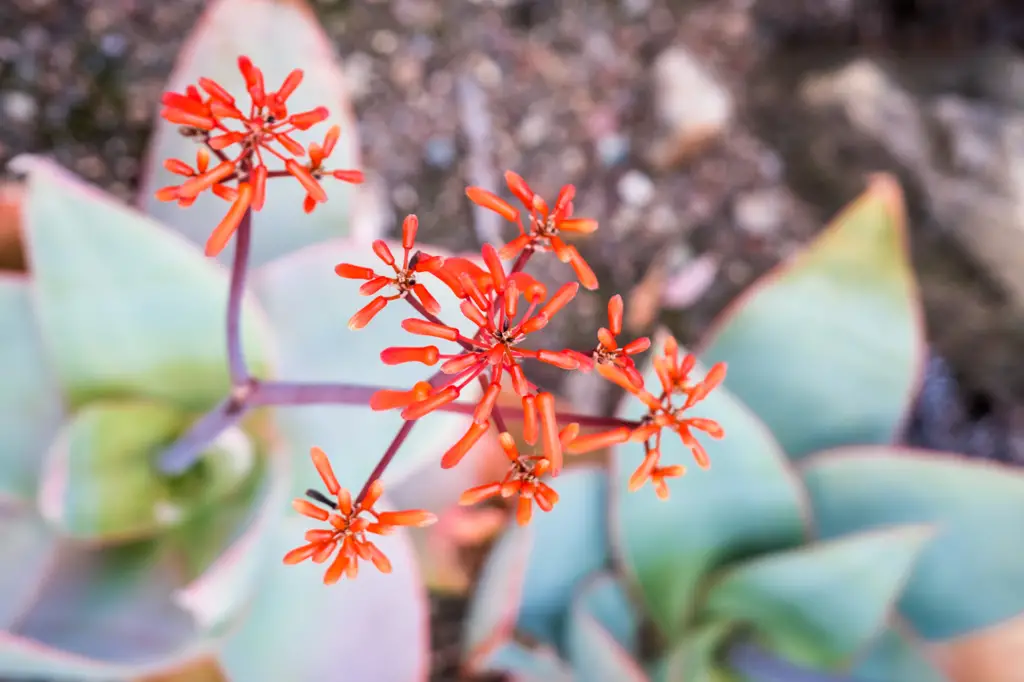

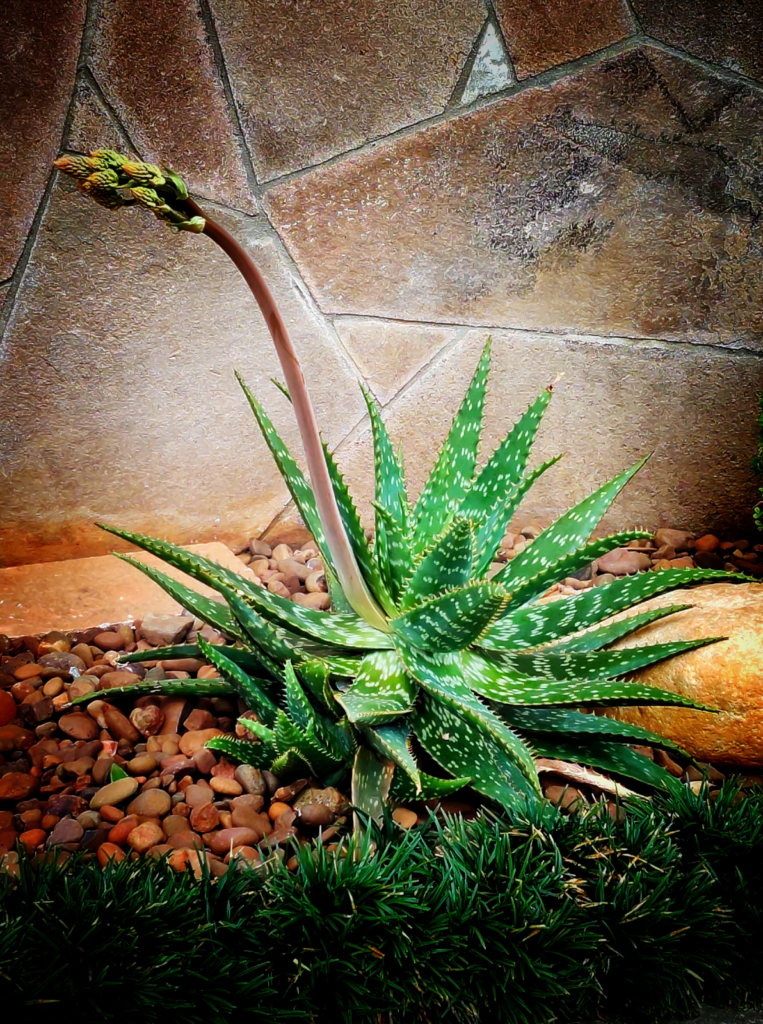
Care and Maintenance requirements for Aloes
Maintaining aloe plants is relatively easy, as they are hardy succulents that require minimal care. Here are some essential guidelines to help you maintain healthy and thriving aloe plants:
Lighting and Temperature
Aloe plants require bright, indirect light for optimal growth. Place them near a sunny window where they can receive at least six hours of indirect sunlight per day. Avoid placing them in direct sunlight, as it can scorch their leaves.
Aloe plants prefer moderate temperatures ranging between 60°F (15°C) and 80°F (27°C). They can tolerate slightly cooler temperatures at night, but it’s best to protect them from extreme cold or frost. Avoid placing them near drafts or heaters, as rapid temperature fluctuations can stress the plants.
Water and Soil
A key aspect of aloe plant care is providing appropriate watering. Unlike most succulents, aloe plants are not drought-tolerant and prefer regular watering. However, it’s important to strike a balance to prevent overwatering, which can lead to root rot. Here’s a watering guide for aloe plants:
- Water deeply and thoroughly but allow the soil to dry out completely between waterings. Insert your finger into the soil up to the second knuckle to check for dryness before watering again.
- During active growth (spring and summer), water the plant every two to three weeks.
- Reduce watering frequency during the dormant period (fall and winter) to once a month.
- Use a well-draining soil mix formulated for succulents or cacti to prevent waterlogging.
Aloe plants thrive in well-draining soil that allows excess water to flow away from the roots. Use a commercial succulent or cactus potting mix, or create your own by combining regular potting soil with perlite or coarse sand. This helps maintain a suitable soil structure and prevents water retention.
Fertilisation
Aloe plants are not heavy feeders, but they can benefit from occasional fertilisation during their active growth phase. Use a balanced, water-soluble fertiliser specifically formulated for succulents or cacti. Follow the manufacturer’s instructions for dilution and frequency, typically applying fertiliser every two to four months.
Repotting and Pruning
Aloe plants generally do not require frequent repotting and prefer to be slightly root-bound. However, if the plant has outgrown its pot or the soil is depleted, you can repot it during the spring or early summer. Choose a pot that is one size larger and use fresh, well-draining soil.
Pruning aloe plants is minimal and mainly involves removing dead or damaged leaves. Use clean, sharp pruning shears to make clean cuts close to the base of the plant. This helps maintain a tidy appearance and prevents any potential disease or pest issues.
Pests and Diseases
Aloe plants are generally resistant to pests and diseases. However, overwatering or high humidity levels can lead to issues such as root rot or fungal infections. To prevent these problems, ensure adequate airflow around the plant and maintain proper watering practices. If pests such as mealybugs or aphids appear, remove them manually or use a gentle insecticidal soap.
By following these maintenance tips, you can enjoy thriving aloe plants that bring beauty and health benefits to your indoor space. Remember to observe your plants regularly and make adjustments to their care routine based on their specific needs.
Conclusion
Indoor aloe plants are not only visually appealing but also offer numerous benefits, such as air purification and potential medicinal uses. From the renowned Aloe vera to the exotic Tiger Tooth Aloe and Coral Aloe, there are various types to choose from when cultivating aloe plants indoors.

